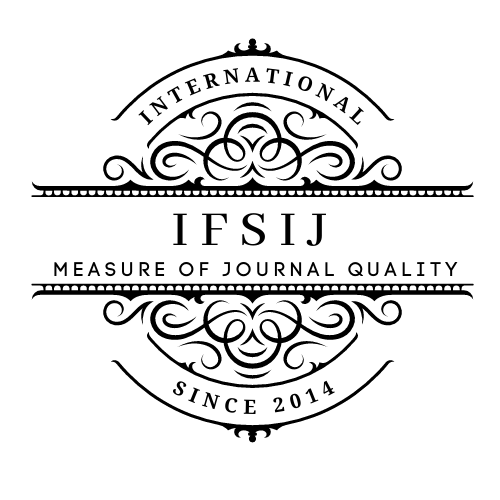DIGITAL CURRENCIES AND MONEY CIRCULATION
Keywords:
International organizations, crypto assets, distributed ledger technology, block chain, classification of crypto assets, virtual currencies, crypto currencies, stable coins, global stable coins, global stable coin agreements, digital tokens, investment tokens, utility tokens, non-interchangeable tokens, initial token placement, decentralized finance, regulation of the turnover of crypto assets.Abstract
In recent years, digital currencies, including cryptocurrencies and central bank digital currencies (CBDC), have become an important element of the financial system. This work is devoted to the analysis of the impact of digital currencies on monetary circulation and financial stability. The main characteristics of digital currencies, their advantages and disadvantages, as well as potential risks associated with their implementation are considered. Special attention is paid to regulatory and security issues, as well as the impact of digital currencies on traditional banking services. The article examines examples of successful implementation of digital currencies in different countries and their impact on the economy. In conclusion, it is concluded that digital currencies can become an important tool for improving the efficiency of monetary circulation, but require a careful approach to regulation and control to minimize risks.
Downloads
Published
Issue
Section
License

This work is licensed under a Creative Commons Attribution-NonCommercial-NoDerivatives 4.0 International License.















